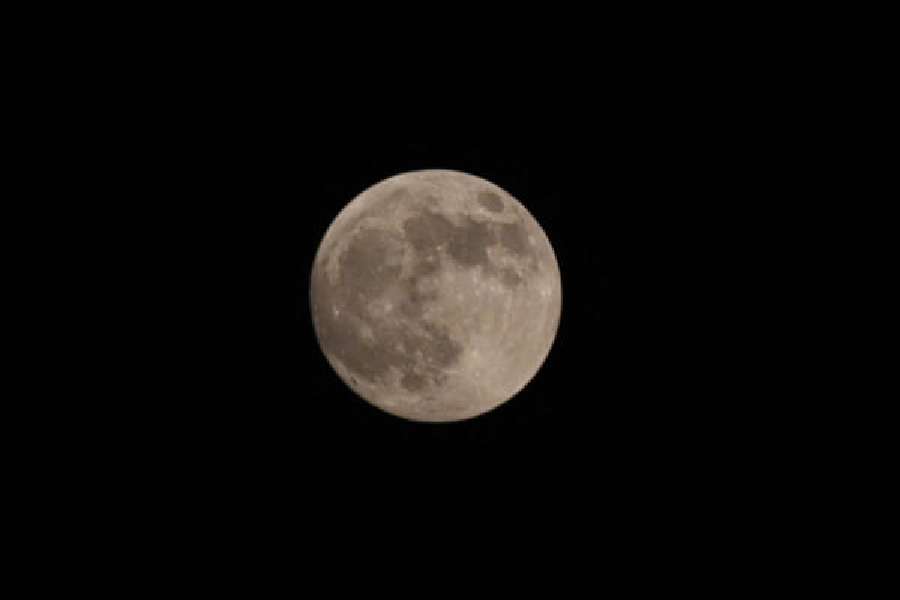Recently, I have come across young children and, sometimes even elders, expressing their minds on how the Moon that is progressively becoming a full moon is making them imagine the presence of the Vikram lander and Pragyan rover operating somewhere on the lighted disc.
The fantastic success of the soft lunar landing of the Chandrayaan-3 mission has fired imagination and generated a lot of interest among the people.
The culmination of this public interest and enthusiasm about the Moon, at an average distance of 3,84,000km from Earth, probably will reach its peak on August 30, when there will be a spectacular Super Blue Moon in the sky.
On Wednesday evening, the Moon will be at its full phase and will be close to Earth in its elliptical orbit around our planet. Around 9.30pm, the Moon will arrive at perigee, its closest point in its orbit relative to Earth and will be at a distance of around 357,190km away. And nine hours and 40 minutes later, the Moon will officially turn full.
Although a full moon theoretically lasts just a moment (the moment is not very discernible to the human eye), for a day or so before and after, most will speak of seeing the nearly full moon as “full”.
The Full Moon will be called “Super” since it is at its perigee, one of the closest points in its orbit and will look brighter and bigger in comparison to the other full moons.
On August 30, the Moon will be closest to Earth this year.
The Moon takes the name “Blue Moon” because this particular full moon will be the second to occur in August, the first having been on August 1.
As a result, the second full moon of August, on 30th, will be termed a “Super Blue Moon”.
It does not mean that the Moon will be blue in its appearance, except under exceptional atmospheric situations. Rather, it marks the second full moon in a calendar month or the third full moon in an astronomical season with four full moons.
In Kolkata, the Moon will rise from the eastern horizon around 5.42pm and will be visible throughout the night, setting only around at 5.17am the next morning.
The last time two super moons were observed in a single calendar month was in August 2018 and the next will be in the year 2037.
People will hopefully have a chance to marvel at a Moon that is a bigger and brighter than the average. The sighting will give them an opportunity to imagine Vikram and Pragyan present somewhere 70 degrees south of the equator, performing their scientific observations.
Dr Debiprosad Duari is a former director of MP Birla Planetarium
